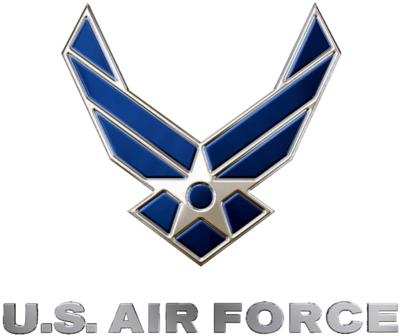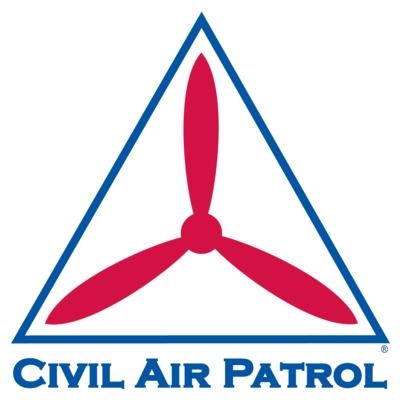CAP Will Begin Testing Sensors That May Solve Problems Associated With Physiological Episodes
The Air Force Physiological Episodes Action Team is partnering up with the Civil Air Patrol as it continues to work toward solving physiological episodes or events.

A physiological event or episode is an anomaly in the interaction among aircrew, equipment, and environment that causes adverse physical or cognitive symptoms, which may impede the ability to fly.
The CAP, who normally supports the Air Force by assisting with search and rescue, disaster response, border security and escort of Unmanned Aircraft Systems, will begin testing sensors that may solve problems associated with physiological episodes. “Great power competition, as described in our National Defense Strategy, requires us to fly, fight, and win in contested environments,” said Brig. Gen. Edward Vaughan, Air Force PEAT lead. “Airpower must continuously solve the problems presented by the human-machine-environment interface. We must aggressively challenge the status quo to ensure that Airmen can safely and effectively operate in a future defined by exponentiated chaos. We must engage our partners across government, industry, and academia to help us disrupt those processes that no longer provide value. That’s why working with groups like the Civil Air Patrol will help us solve more problems.”
According to CAP Chief of Standardization and Evaluation Kevin Conyers, one of the first efforts would be to determine if selected sensors or other devices would be compatible with a flying environment. “We would do this by taking sensors along on CAP missions and seeing if they performed as expected,” said Conyers. “Currently we are working on the process for approving devices for flight on CAP aircraft and then we can move on to actually flying with and testing the devices. We hope to begin testing missions sometime in mid-2019.”
Another way the CAP might assist the Air Force PEAT relates to examining what could be hundreds of potential sensor candidates recommended by Airmen via an the Air Force PEAT website. “CAP has tens of thousands of volunteers, many with STEM expertise, who might be engaged to sort through these recommendations to determine which were likely to be worth examining in greater detail,” said Conyers.

CAP also has experience in using crowdsourcing for evaluation, which is a civilian best practice that could provide valuable insight to the Air Force in multiple applications. “Civil Air Patrol, as a member of the Total Force, is glad to work with the U.S. Air Force PEAT to identify and test potential tools and solutions for fellow Airmen,” said CAP Director of Operations John Desmarais. “We hope that these efforts can expedite the process to help get our warfighting partners what they need to succeed as quickly as possible.”
Meetings with the Air Force PEAT, CAP and other partners are ongoing. “I think this is just the beginning for these kinds of partnerships,” said Vaughan. “I know future collaboration and testing will yield some much needed results. The Civil Air Patrol is an integral part of our total force mission.”
(Source: USAF news release)
 NTSB Final Report: Cessna 177B
NTSB Final Report: Cessna 177B ANN's Daily Aero-Term (05.08.25): Final Approach Fix
ANN's Daily Aero-Term (05.08.25): Final Approach Fix Aero-News: Quote of the Day (05.08.25)
Aero-News: Quote of the Day (05.08.25) ANN's Daily Aero-Term (05.09.25): Estimated (EST)
ANN's Daily Aero-Term (05.09.25): Estimated (EST) ANN's Daily Aero-Linx (05.09.25)
ANN's Daily Aero-Linx (05.09.25)




